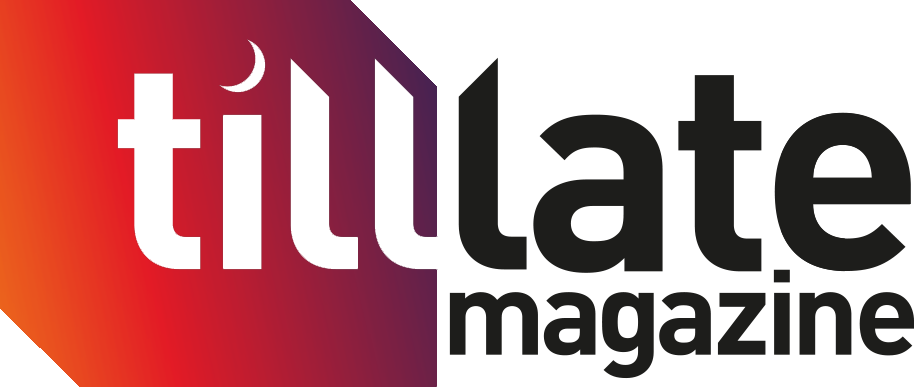What Do I Need for Content Creation in News Organizations?
When it comes to content creation in news organizations, you need a solid mix of tools and strategies to effectively engage your audience. Graphic design platforms, video editing software, and analytics are just the beginning. Collaboration is key in fast-paced environments like journalism. But what tools will truly enhance your workflow, and how can you better connect with your audience? Let’s explore what it takes to create impactful content that resonates.
Essential Tools for Content Creation
In the contemporary media environment, the selection of effective tools for content creation is vital for news organizations. Platforms such as Canva and Adobe Express facilitate graphic design, allowing users to create visually engaging content without the need for extensive design expertise.
For video production, tools like CapCut enable the development of narrative-driven content that can capture the attention of viewers.
Furthermore, to gauge audience engagement and the effectiveness of content, analytics tools such as Google Analytics are essential. These tools help organizations analyze data to ascertain the type of content that resonates with their audience, providing insights that can inform and shape content strategy.
Additionally, repositories of free resources like Unsplash and Pexels offer high-quality images that can be utilized to enrich storytelling and enhance visual appeal across various digital platforms.
The utilization of these tools is critical for efficiently navigating the complexities of digital media and successfully delivering content to target audiences.
The Importance of Collaboration in Journalism
Collaboration among journalists is critical for producing accurate and high-quality news stories. Working together allows for a more comprehensive approach to content creation, integrating diverse perspectives and storytelling techniques.
The use of real-time collaboration tools can enhance productivity, especially in the context of covering breaking news events. Research indicates that audience engagement tends to increase when articles reflect a variety of viewpoints.
This approach also mitigates the risk of miscommunication and errors, which are particularly relevant in the rapidly evolving landscape of news reporting. By fostering a collaborative environment, journalists can improve the accuracy of their reporting and, consequently, build trust with their audience.
Streamlining the Content Production Process
To enhance operational efficiency, news organizations can focus on streamlining the content production process. A well-defined content strategy acts as a guiding framework, minimizing uncertainty and clarifying objectives and timelines.
Tools such as Content Stadium facilitate increased digital content output, enabling the production of a significant number of graphics, with some tools reportedly allowing up to 40 graphics per day.
Implementing real-time collaboration can improve decision-making and accelerate content approvals, which is critical in a fast-paced news environment.
The use of customizable templates ensures that personnel, regardless of their design expertise, can contribute to producing high-quality content. Moreover, automating processes related to content posting and resizing enables timely updates, particularly vital during breaking news events.
This approach helps maintain audience engagement and keeps the public informed.
Measuring Effectiveness With Analytics
Understanding content performance through analytics is a systematic approach that can enhance overall effectiveness. Content creators should focus on monitoring key performance indicators (KPIs) such as page views and bounce rates, which offer insights into audience engagement levels.
Tools like Google Analytics are useful for obtaining demographic insights, which help in understanding audience preferences and interests. Advanced reporting features in these tools allow for the analysis of traffic sources, facilitating the optimization of content distribution strategies.
Conducting regular content audits is also beneficial, as it helps identify content gaps and opportunities to repurpose existing material, improving resource utilization.
Furthermore, leveraging customer relationship management (CRM) data can enable targeted content delivery to specific audience segments, aligning content offerings more closely with audience needs. This data-driven approach supports more informed decision-making and strategic planning in content creation.
Incorporating Visual Elements in Content
Analyzing content performance through analytics establishes a foundation for improving engagement, and the role of visual elements is significant in this context. Incorporating high-quality images and videos can enhance the appeal of your content and encourage audience interaction.
Research indicates that articles featuring visuals tend to receive 94% more views compared to those without.
For digital marketing purposes, tools such as Canva and Adobe Express can be utilized for creating visuals, as these platforms allow users with basic skills to produce effective graphics.
It's essential to adhere to best practices by ensuring that visuals are responsive and accessible, thus broadening the potential audience.
Compelling visual content serves not only to convey information efficiently but also to maintain the interest of learners, ultimately contributing to improved audience retention.
Adapting to Audience Preferences and Trends
Understanding audience preferences and trends is essential for effective content creation in news organizations. By analyzing engagement metrics and feedback, organizations can refine their content strategies to improve relevance and retention.
Utilizing diverse content formats—such as videos, infographics, and podcasts—can address the varying consumption habits of audiences.
Furthermore, continuous monitoring of social media trends and audience interactions allows for timely adjustments, ensuring that content remains aligned with current interests.
Additionally, effective community management can facilitate dialogue, providing valuable insights into audience sentiments and expectations. This ongoing engagement can inform content creation efforts, contributing to a more engaged and loyal audience.
Conclusion
In today’s fast-paced news environment, you need the right tools and strategies to create compelling content. By leveraging graphic design platforms, video editing software, and analytics, you can engage your audience effectively. Emphasizing collaboration and streamlining your processes will enhance your team’s productivity. Don’t forget to include visually appealing elements and stay tuned to audience preferences and trends. By doing all this, you’ll ensure your content resonates and stands out in the crowded news landscape.
